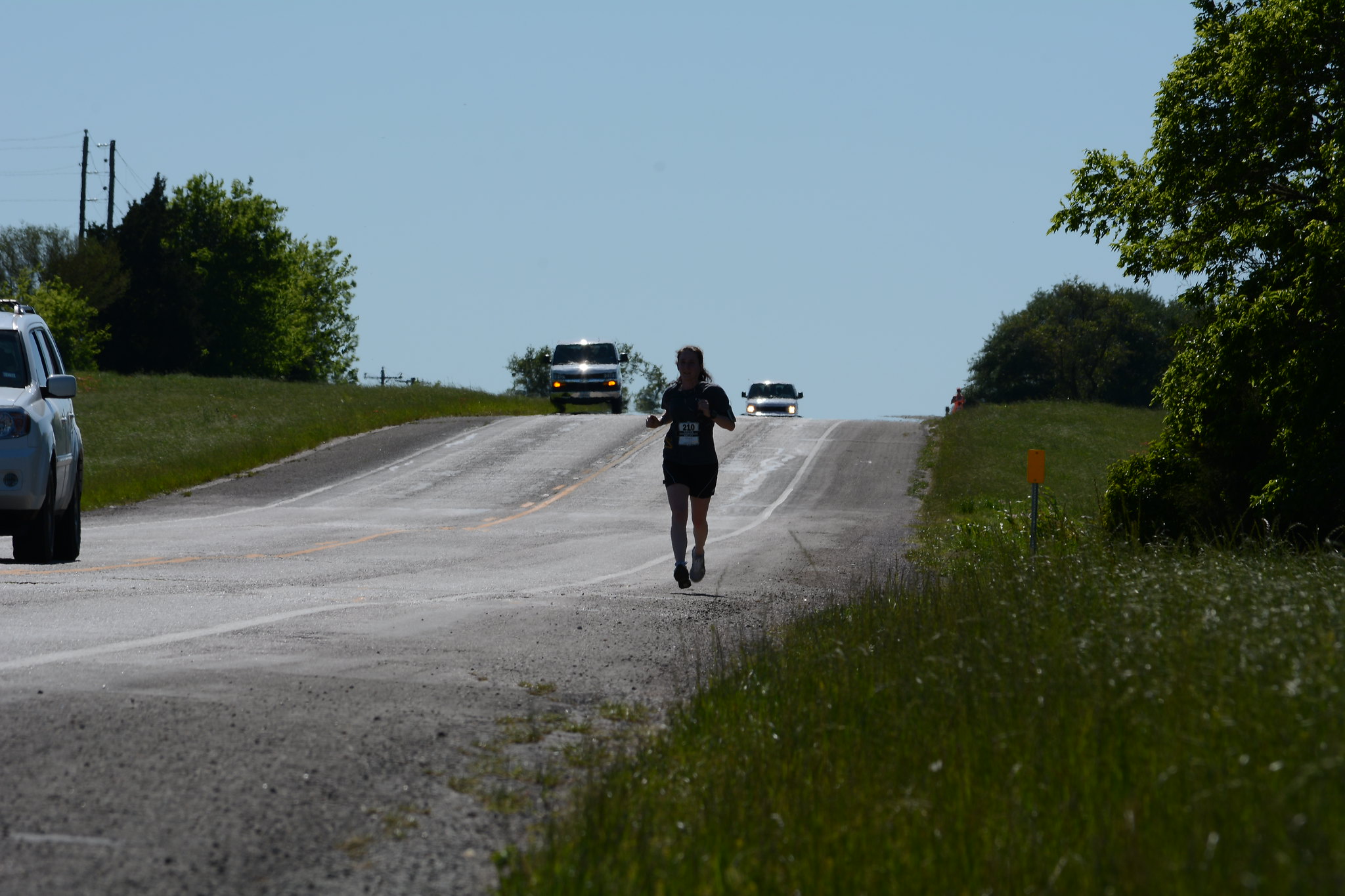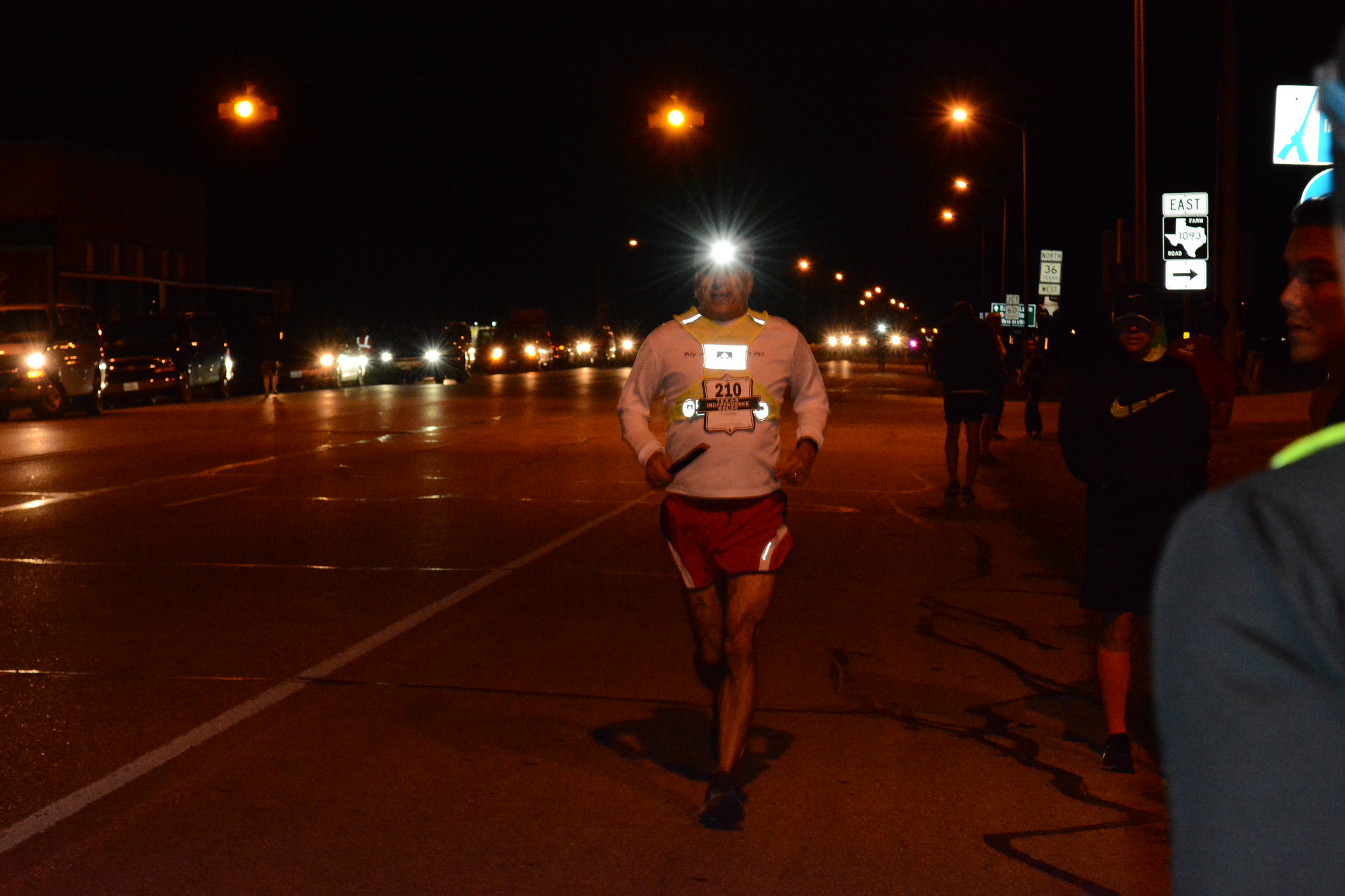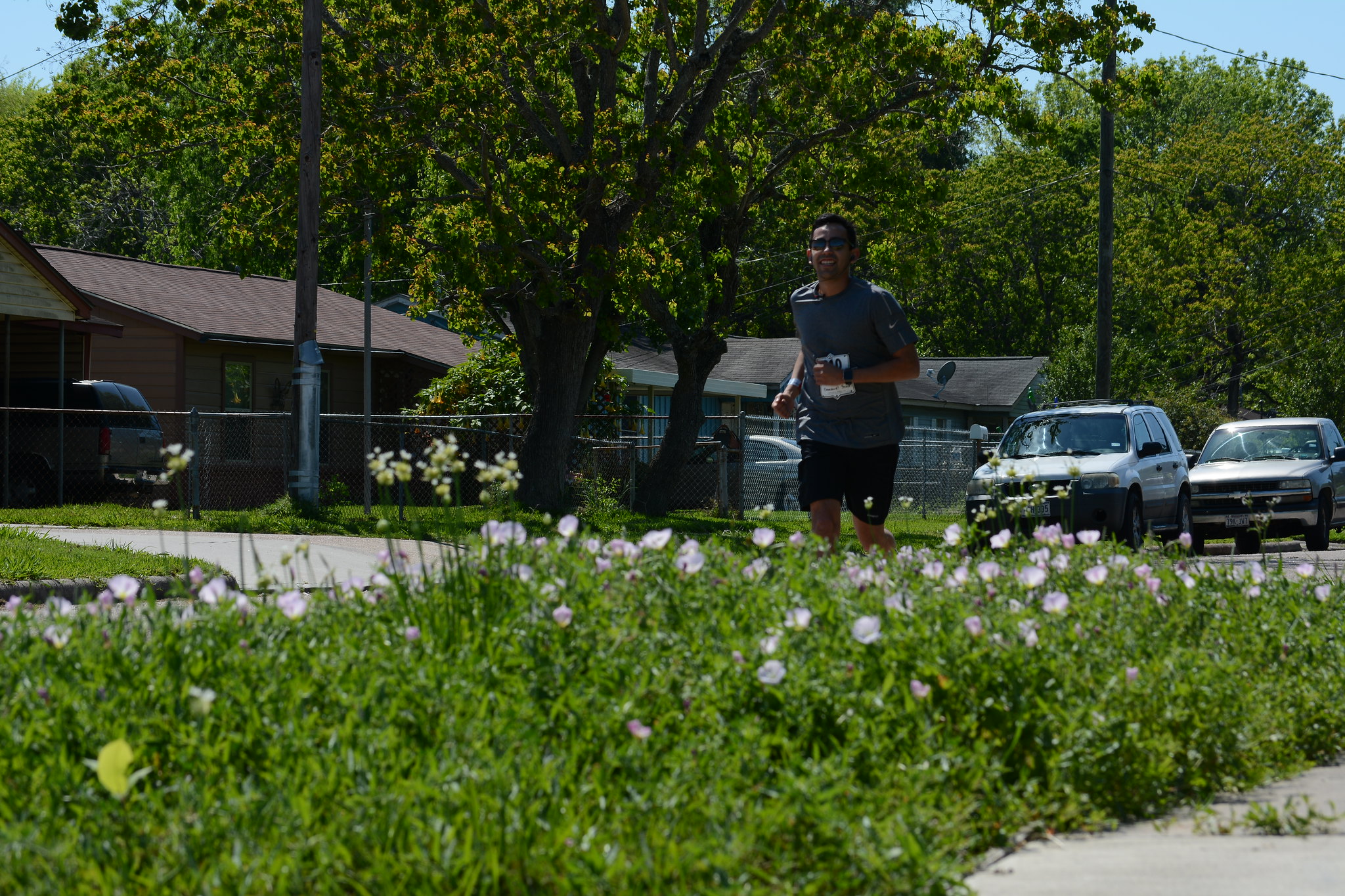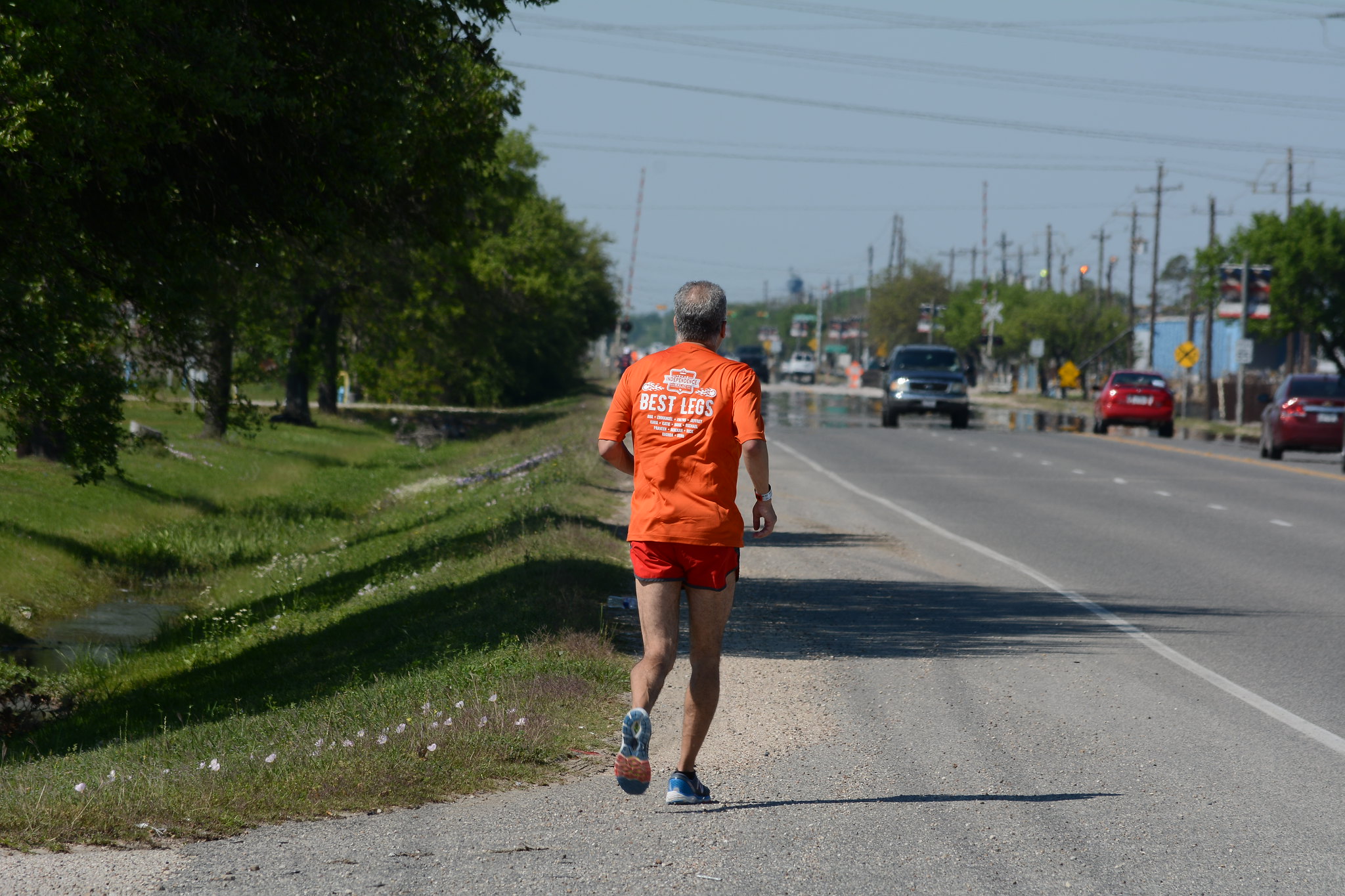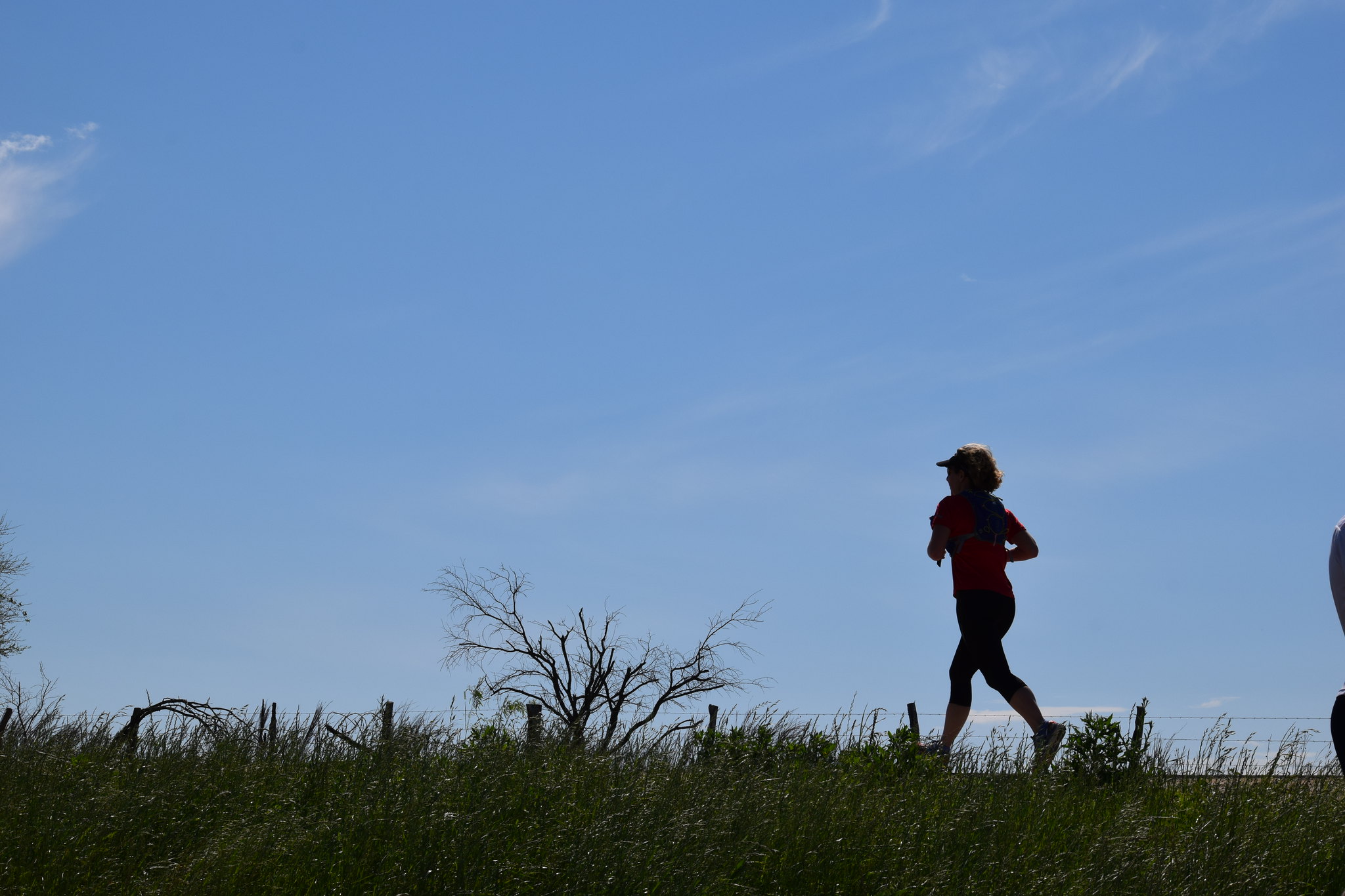I'll be photographing some friends during a day / night running event and needed your advice on setting up the cameras to take the best shots handheld. My plans are below - be great if you can critique them.
- The D3300 will be used by a friend with no prior Nikon DSLR experience. My instinct is to set it up with the 55-200 VR II for full body portraits of runners approaching / running past the camera in broad daylight, dusk, and night. I'm assuming that turning AF and VR on are a given. Re: exposure modes on the camera, I'm torn between the green Auto and the P mode (with Auto ISO). Which is a better choice in this situation? And which Autofocus mode would you use? AF-C with 3D-tracking?
- I'd be using the D7100 mainly for the same purpose. I'm thinking that during the day I'd shoot with my 55-200 VR in A mode, at dusk perhaps switch to a fast telephoto (105 f2.5 AIS or 135 f2.8 Q) mounted on the modified TC-16A (for AF capability), and at night switch to the 35 f/1.8 DX. Same question here on the autofocus, what AF servo mode and how many AF points would be ideal?
- I've never taken photos of runners in action before, so consider me completely clueless about this, and any tips that come to mind of taking good photos (or common pitfalls to avoid) would be appreciated.
Sent from my iPhone using Tapatalk
- The D3300 will be used by a friend with no prior Nikon DSLR experience. My instinct is to set it up with the 55-200 VR II for full body portraits of runners approaching / running past the camera in broad daylight, dusk, and night. I'm assuming that turning AF and VR on are a given. Re: exposure modes on the camera, I'm torn between the green Auto and the P mode (with Auto ISO). Which is a better choice in this situation? And which Autofocus mode would you use? AF-C with 3D-tracking?
- I'd be using the D7100 mainly for the same purpose. I'm thinking that during the day I'd shoot with my 55-200 VR in A mode, at dusk perhaps switch to a fast telephoto (105 f2.5 AIS or 135 f2.8 Q) mounted on the modified TC-16A (for AF capability), and at night switch to the 35 f/1.8 DX. Same question here on the autofocus, what AF servo mode and how many AF points would be ideal?
- I've never taken photos of runners in action before, so consider me completely clueless about this, and any tips that come to mind of taking good photos (or common pitfalls to avoid) would be appreciated.
Sent from my iPhone using Tapatalk
Last edited:



